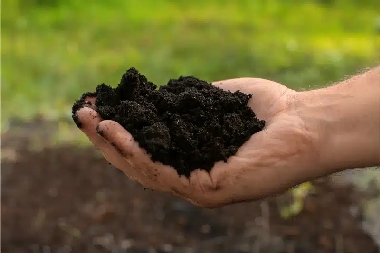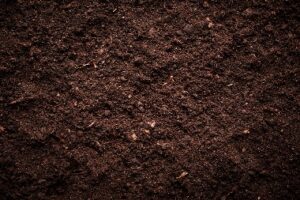Quincy Clay in Soil
Here in Quincy, we understand that the clay in soil plays a crucial role in agriculture and gardening. Did you know that around 40% of the world’s agricultural land is composed of clay? This means that managing clay effectively is essential for both farmers and homeowners alike. At EcoGEM®, we are passionate about helping our community improve soil health through innovative solutions that enhance sustainability.
In Quincy, the challenges we face with clay in soil can be overwhelming, but they also present opportunities for growth and improvement. Our services provide tailored solutions that address the unique needs of our local soil, helping us to cultivate healthier plants and more productive farms. Let’s take a closer look at some of the ways we can harness the power of clay in our soil:
- Understanding types of clay in soil
- Effective methods for using clay in soil
- Exploring the benefits of clay in soil
- Learning how to break down clay soil fast
- Identifying sandy soil and its relation to clay
By enhancing the clay in our soil, we can improve its structure and health, which ultimately leads to better crop yields and a more vibrant garden. If you’re ready to transform your soil, we invite you to reach out to EcoGEM®. Call us at (253) 348-2200 or visit our Contact Us page to learn more about how we can support your soil health journey.
Quincy Soil Clay Levels
As we dive into the soil clay levels here in Quincy, it’s important to recognize their significance in our local agricultural practices. Did you know that soil clay levels can directly affect water retention and nutrient availability? Understanding these levels is vital for anyone looking to optimize their gardening or farming efforts.
In our area, knowing the specific soil clay levels helps us make informed decisions about soil amendments and management practices. It’s essential for both farmers and gardeners to understand how these levels can influence plant growth and overall soil health. Let’s explore some key features regarding soil clay levels:
- Soil clay levels chart for quick reference
- Access to detailed soil clay levels PDF
- Understanding the 7 types of soil
- Identifying sandy soil characteristics
- Recognizing clay soil types and their traits
By grasping the intricacies of soil clay levels, we can better manage our local agricultural resources, ensuring a sustainable future for Quincy. If you want to delve deeper into this topic, don’t hesitate to contact us at EcoGEM®. Give us a call at (253) 348-2200 or visit our Contact Us page today!
Quincy Clay Soil
In Quincy, the presence of clay soil is a double-edged sword. While it can provide excellent nutrient retention, it can also lead to drainage issues. Recent studies show that clay soil can hold up to 50% more water than sandy soil, which makes understanding its properties essential for successful gardening and farming.
By learning about the clay soil in our area, we can implement effective strategies to improve drainage and soil health. This knowledge is crucial for local farmers and gardeners seeking to maximize their crop yields and enhance the beauty of their landscapes. Here are some key points to consider about clay soil:
- Benefits of using clay soil for plants
- Exploring types of clay soil
- Methods to break down clay soil fast
- Where to buy clay soil for projects
- Characteristics that define clay soil
Understanding clay soil empowers us to make smarter decisions about our gardening and farming practices. If you’re ready to tackle the challenges of clay soil with the help of EcoGEM®, reach out to us at (253) 348-2200 or check out our Contact Us page for more information. Together, we can cultivate a greener Quincy!



